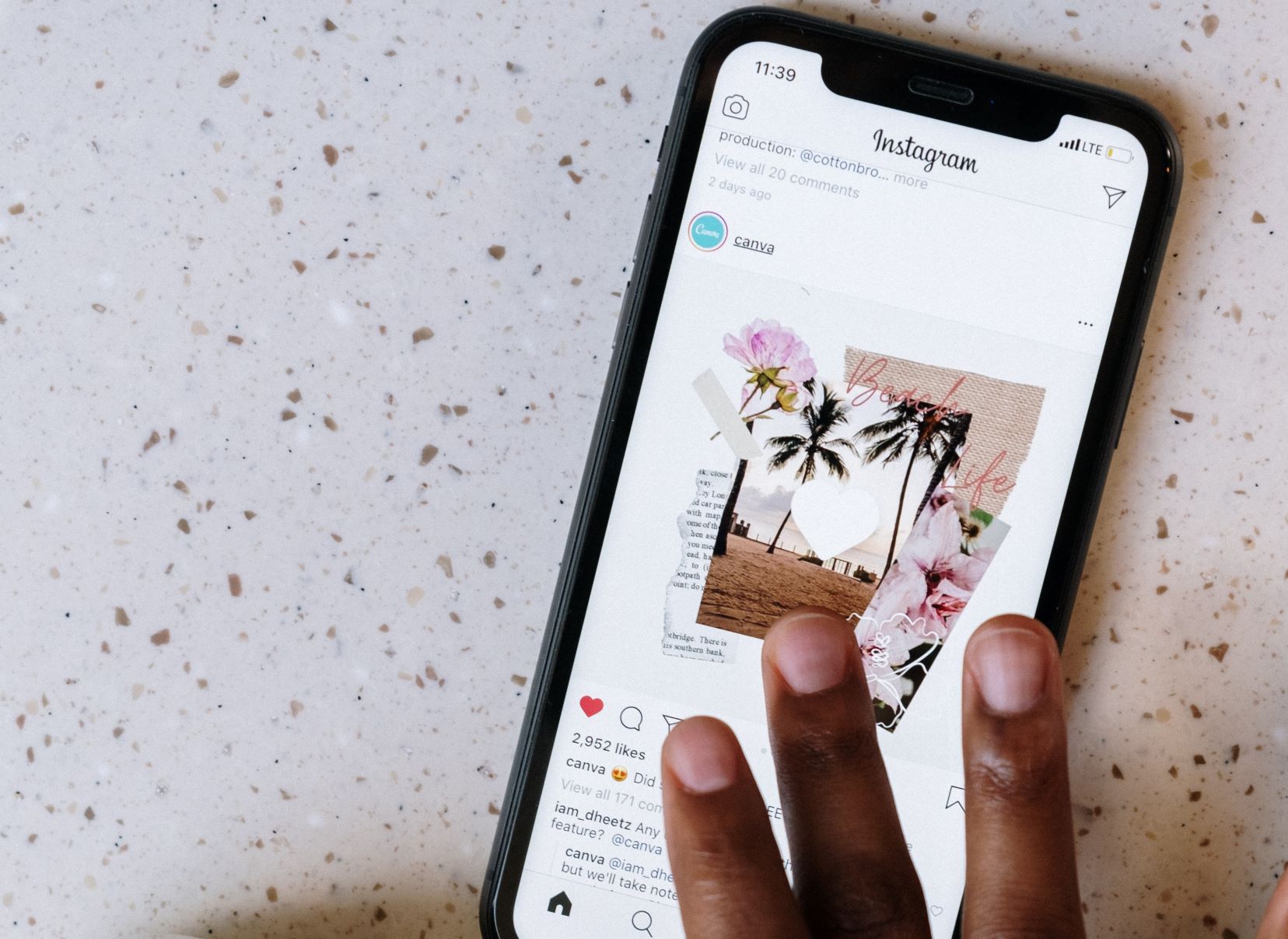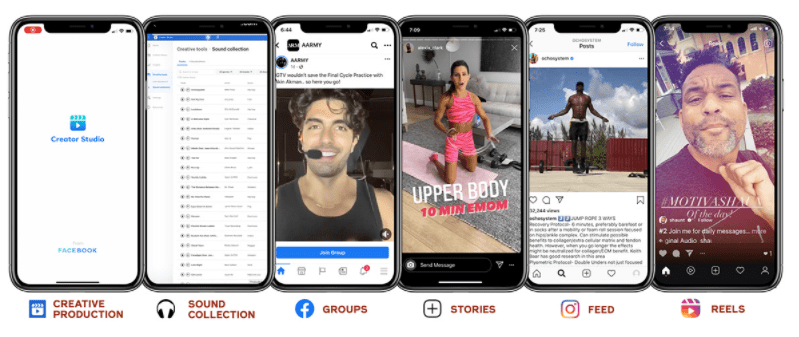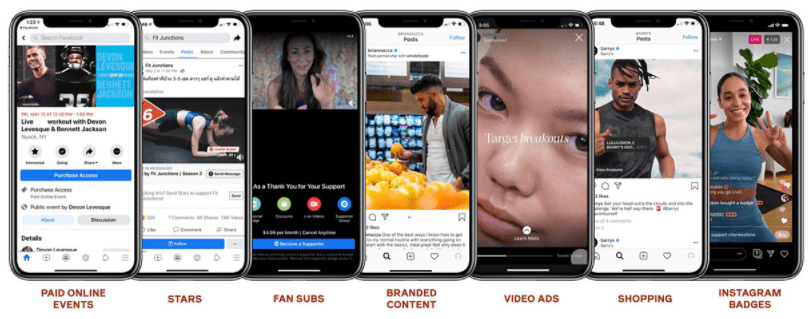What is influencer marketing and why is it useful?
First thing’s first: We get it — the term “influencer” makes most of us roll our eyes, reasonably so. For many people, this word tends to conjure up images of vapid Instagram accounts that on the surface appear to be famous for just kind of looking pretty. Whatever your personal feelings about the concept, right now we recommend putting those on hold — and also acknowledging that “influencer” goes far beyond that stereotype.
In general, influencers provide an opportunity for businesses and brands to connect with customers on a more human level than standard advertising. This is true regardless of industry, product, or service; even in business-to-business advertising, there are influencers who can effectively share your story.
Some other enticing stats about influencer marketing, gathered by MediaKix:
- Compared to other digital advertising, this medium can have up to an 11 times greater return-on-investment
- It’s been measured that advertising with an influencer yields between $5 to $6.50 per each dollar spent
- Influencers’ social media ads can generate up to eight times more engagement than your own brand content
- Micro-influencers can have up to seven times more follower engagement in comparison to influencers with more followers
These are just a few.
When done right, advertising through an influencer allows your business to naturally reach an extensive audience through a voice they already trust.
Source: Facebook
Types of influencers and ways to advertise with them
In marketing, we typically break influencers down by size of their following. There’s five categories here; on the top are mega-influencers with over a million followers, and on the bottom are nano-influencers with anywhere from 1,000 to 10,000 followers. Between these groups are micro-influencers (10K-50K followers), mid-tier (50K-500K followers), and macro-influencers (500K-1 million followers).
For the purposes of this article, we’ll focus especially on micro and mid-tier influencers.
The main factor that goes into which type of influencer you want to advertise with is a tradeoff: On one hand, you reach more people when you advertise with a bigger influencer, but you get better engagement levels with influencers who have a smaller following. Bigger influencers’ greater reach is completely intuitive, but it also makes sense that going through smaller influencers would result in a greater percentage of their followers actually engaging with their ads — these accounts tend to feel more organic, and subsequently have built a greater level of trust with their followers.
With our two focuses today, mid-tier influencers can be thought of as the sweet spot between reach and engagement, resulting in the lowest cost-per-impression. Meanwhile, micro-influencers’ followers tend to be more loyal due to the comparatively personal feel these accounts usually have. MediaKix described marketing with micro- and nano-influencers as “akin to word-of-mouth advertising,” and we agree that’s a good way to think about it.
So after understanding how influencers’ follower sizes impact how their ads perform, what about the different types of advertising under the umbrella of “influencer marketing”?
Your options here can mostly be divided into three categories: sponsored social media content, giveaways or contests, and affiliate marketing. There are other variations, too, but they tend to be more specialized so we’ll limit ourselves to discussing these three.
Sponsored social media is the most ubiquitous and probably the first thing that comes to mind when you think of influencer advertising. This is where you pay someone to publish promotional content regarding your business or brand. Simple!
Giveaways and contests are exactly what they sound like. This is where you pay an influencer to make a post wherein, by interacting with it, people are entered to win a product, package, or some other prize offered by your business. The interactions that one must do to be entered are commonly something like retweeting, tagging someone, and/or following your account — this can be extremely effective in extending your brand’s visibility because it naturally expands the reach of the influencer’s initial promotional post.
Lastly is affiliate marketing. This is similar to sponsored posts, except instead of paying an influencer to promote your brand, you partner with them so that they advertise a specific product or line of products and earn a commission for each sale generated through their post. Because you just pay them a percentage of each sale, this can be a good option if your budget is smaller.
Source: Facebook
Approaches to social media influencer advertising
Before discussing strategies, it’s very important to note the FTC disclosure rules. The specific guidelines get updated from time to time, but the one underlying constant is that influencers must disclose in their posts that they have a “material connection” — AKA, usually, that they’re being paid in some way — to your business. The FTC’s guidelines can be found here; we highly recommend bookmarking it and always staying current with any changes.
Now that we’ve got that out of the way, let’s talk strategy.
First, finding the right influencer: This is obviously important, since you don’t want to be wasting money on someone whose audience has little overlap with your target market. Naturally, that means the first step to finding the right influencer is identifying your own goals (and, theoretically, values).
Depending on your approach, you could simply decide on who you want to work with by spending a bit of time in relevant social media until certain recurring, influential figures begin to stand out. There’s also agencies that will find influencers for you, which is a fine tool if you have the budget for it. But that is understandably more expensive, plus you can build actual genuine connections with smaller influencers that you yourself have forged a relationship with. That second factor can especially pay off if you maintain that professional connection over a long term.
There’s platforms that will further help your search. This includes advanced searches on Twitter or LinkedIn, for example, and also more specialist platforms.
Of course, determining your budget is another early step which will help you determine how much activity you can get out of your campaign.
And once you’ve established a relationship with an influencer, there’s still steps you can take to get the most out of their work. An easy one, for example, is sharing their posts about your brand on your own channels and either boosting or creating an ad on your channel with their content.
Another requires you to be proactive and genuine, and for that reason could also be included when we discussed the process of searching for an influencer to work with; that is, many users are skeptical about sponsored content from those they follow. That’s why it’s so valuable to A) work with influencers who are enthusiastic about working with you and B) develop a relationship with them that nurtures their sense of your products’ value. Also under this umbrella is the importance of developing a clear vision for your messaging.
Just like with much of digital marketing, influencer advertising in many ways comes down to thinking clearly and not attempting to take shortcuts. Rushing hastily through each step will prevent your campaign from having a secure foundation for success; taking shortcuts will limit your campaign’s ability to connect with an audience. By avoiding those pitfalls, however, you’re on a good track for success in all of your advertising methods.







